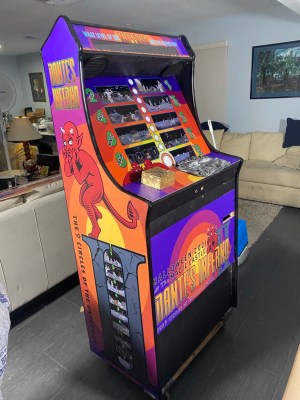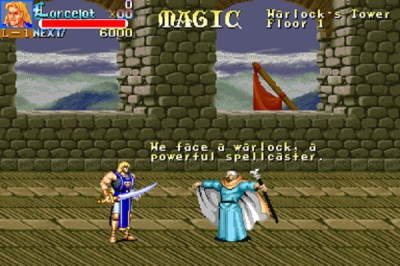London, Ontario college student [Victoria Korhonen] has captured the attention of tech enthusiasts and miniaturization lovers with her creation of what might be the world’s smallest arcade machine. Standing just 64 mm tall, 26 mm wide, and 30 mm deep, this machine is a scaled-down marvel playing the classic Atari game PONG. While the record isn’t yet official—it takes about three months for Guinness to certify—it’s clear [Korhonen]’s creation embodies ingenuity and dedication.
[Korhonen], an electromechanical engineering student, took six months to design and build this micro arcade. Inspired by records within reach, she aimed to outdo the previous tiniest arcade machine by shaving off just a few millimeters During the project she faced repeated failures, but viewed each iteration as a step towards success. Her miniature machine isn’t just a gimmick; it’s fully functional, with every component—from paddle mechanics to coding—developed from scratch.
[Korhonen] is already eyeing new projects, including creating the smallest humanoid robot. She also plans to integrate her electromechanical expertise into her family’s escape room business. Her journey aligns with other hobbyist projects pushing the limits of miniaturization, such as this credit card-sized Tetris clone or [Aliaksei Zholner]’s paper micro engines.




















